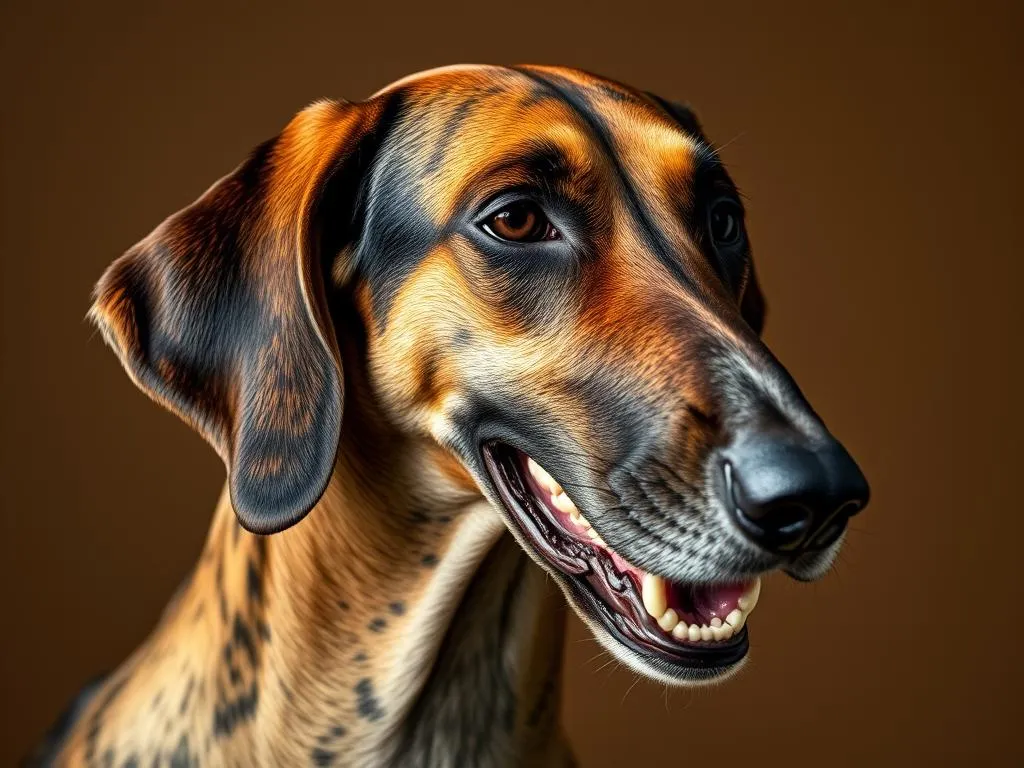
Introduction
Dog breeds are a fascinating aspect of our canine companions, each possessing unique characteristics that cater to varying lifestyles and preferences. Among these breeds, the Saluki stands out for its grace, speed, and rich history. Originating from the Middle East, the Saluki has been revered for centuries as a hunting dog and a loyal companion. This article will delve into the essence of the Saluki, exploring its characteristics, history, care needs, and how to live harmoniously with this elegant breed.
The Saluki: An Overview
General Characteristics
The Saluki is a medium to large breed, typically standing between 24 to 28 inches at the shoulder. They usually weigh between 40 to 65 pounds, with females being slightly smaller than males. One of the most striking features of the Saluki is its long, slender legs and narrow head, which contribute to its remarkable speed and agility. The coat is usually short and smooth, with colors ranging from white, cream, fawn, red, and grizzle and tan to black and tan.
When it comes to temperament, Salukis are known for their gentle and affectionate nature. They are often described as independent and reserved, making them somewhat aloof with strangers, yet they are deeply loyal to their families. Their intelligence shines through in their interactions, although they may appear a bit stubborn at times.
Historical Background
The Saluki boasts a rich heritage, dating back thousands of years. Often referred to as the “Royal Dog of Egypt,” this breed has been associated with nobility and ancient civilizations. Archaeological findings suggest that the Saluki was used by nomadic tribes in the Middle East for hunting game such as gazelle and hare, showcasing their incredible speed and endurance.
Culturally, the Saluki has been celebrated in poetry and art, symbolizing grace and nobility. Their significance extends beyond mere companionship; they hold a place of honor in various cultures, especially in Arab societies, where they are considered a symbol of status and prestige.
Recognition and Standards
The Saluki is recognized by major breed organizations, including the American Kennel Club (AKC) and the United Kennel Club (UKC). Each organization has its standards for the breed, focusing on physical attributes, temperament, and behavior. The AKC classifies the Saluki under the Hound Group, emphasizing its hunting background and traits.
Physical Attributes
Size and Weight
The Saluki varies in size, but on average, males stand about 28 inches tall and weigh between 60 to 65 pounds, while females are typically 24 to 28 inches tall and weigh around 40 to 50 pounds. Compared to other breeds, such as the Greyhound, the Saluki is more slender and has a taller build, making it a unique sight in the dog world.
Coat Types and Colors
The coat of the Saluki is one of its defining features. It is short and smooth, offering minimal maintenance. Common colors include white, cream, fawn, and red, often with a variety of markings. The breed may also exhibit feathering on the ears, tail, and back legs, adding to its elegance.
Unique Features
One of the most distinctive traits of the Saluki is its long legs, which are specifically adapted for speed. These dogs are built for endurance rather than bulk, allowing them to run at impressive speeds over long distances. Their narrow heads and deep chests further enhance their aerodynamic qualities, making them one of the fastest dog breeds.
Temperament and Behavior
Personality Traits
The Saluki is often described as affectionate yet independent. While they bond closely with their families, they may not exhibit the same level of exuberance as some other breeds. They are intelligent dogs, capable of learning commands quickly, but their independent nature can sometimes lead to stubborn behavior. With proper training and socialization, Salukis can be friendly and well-mannered companions.
Socialization Needs
Early socialization is crucial for Salukis to develop into well-adjusted adults. Exposing them to various environments, people, and other animals helps them become more adaptable and confident. Introducing a Saluki to new experiences should be done gradually, ensuring they feel secure and comfortable.
Exercise Requirements
As a breed known for its speed and agility, the Saluki requires substantial exercise. Daily walks, playtime, and opportunities to run free in a secure area are essential to keep them physically and mentally stimulated. A Saluki thrives in an environment that provides ample space to roam and explore, making them better suited for homes with large yards or access to open areas.
Health and Care
Common Health Issues
Like all breeds, Salukis are prone to certain health issues. Common concerns include hip dysplasia, certain heart conditions, and skin problems. Regular veterinary check-ups are vital for early detection and prevention of these conditions. Maintaining a healthy weight and providing a balanced diet can help mitigate some health risks.
Nutrition
A well-balanced diet is crucial for the overall health of a Saluki. High-quality dog food that meets their nutritional needs is recommended. Salukis tend to have specific dietary needs, given their active lifestyle. It’s essential to consult with a veterinarian to determine the best feeding practices and portion sizes for your Saluki.
Grooming
Grooming a Saluki is relatively straightforward due to their short coat. Regular brushing helps remove loose hair and dirt, while occasional baths will keep their coat clean and healthy. During seasonal changes, the Saluki may shed more, so extra grooming may be needed to manage this.
Training and Development
Basic Training Needs
Training is essential for a Saluki to ensure good behavior and obedience. Starting with basic commands like sit, stay, and come is crucial. Positive reinforcement techniques, such as treats and praise, work best with this breed, as they respond better to encouragement than harsh corrections.
Advanced Training and Activities
Salukis excel in various dog sports, particularly lure coursing, which allows them to showcase their natural hunting instincts. Engaging in activities that challenge their intelligence, such as agility training or scent work, can provide mental stimulation and keep them happy.
Behavioral Challenges
While Salukis are generally well-behaved, they can exhibit stubbornness, particularly if they feel bored or unchallenged. Addressing these behavioral challenges involves consistent training and ensuring they receive enough exercise and mental engagement.
Living with a Saluki
Ideal Home Environment
The Saluki thrives in environments that offer space and opportunities for exercise. While they can adapt to urban living, they are best suited for homes with large yards or access to open areas. They can coexist with other pets, especially if socialized from a young age, but caution is advised with small animals due to their hunting instincts.
Lifespan and Aging
The average lifespan of a Saluki ranges from 12 to 14 years. As they age, they may require adjustments in diet, exercise, and health care. Keeping a close eye on their mobility and overall health will help ensure a comfortable and happy life in their senior years.
Adoption and Rescue
For those considering adding a Saluki to their family, adoption is a wonderful option. Various breed-specific rescue organizations and shelters can help prospective owners find a Saluki in need of a home. Adopting a dog involves careful consideration of the breed’s needs and ensuring you can provide a suitable environment.
Conclusion
The Saluki is a unique breed that combines elegance, speed, and a rich history. Their gentle and independent nature makes them wonderful companions for the right family. Understanding the specific needs of the Saluki, from exercise to grooming, is essential for prospective owners. With proper care and attention, a Saluki can bring joy and companionship for many years.
FAQs
What is the average lifespan of a Saluki?
The average lifespan of a Saluki is between 12 to 14 years.
Are Salukis good with children?
Salukis can be good with children, especially if they are socialized early and raised in a family environment.
Do Salukis shed a lot?
While Salukis have short coats, they do shed, particularly during seasonal changes. Regular grooming can help manage shedding.
How much exercise does a Saluki need?
Salukis require plenty of exercise, typically needing at least an hour of vigorous activity daily.
Are Salukis easy to train?
Salukis can be trained, but their independent nature may require patience and consistent positive reinforcement methods.
By understanding the nuances of the Saluki, potential owners can make informed decisions about welcoming this magnificent breed into their homes.







